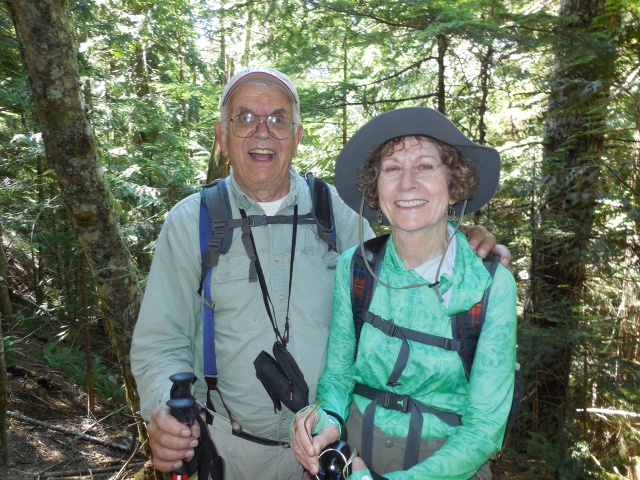Goodyera pubescens
Common Name:
Rattlesnake Plantain
Downy rattlesnake plantain has striking leaves marked
with
The Rattlesnake Plantain gets it name from the broad, rounded leaves, that have a network of silvery veins and a broad stripe down
the center, resembling the skin of a snake.
The leaves are somewhat similar to the leaves of the common lawn weed, plantain.
Interestingly, Rattlesnake-plantains are evergreen.
The leaves generally last about four years.
The Downy rattlesnake plantain is listed as endangered in
Florida and exploitably vulnerable in New York.







